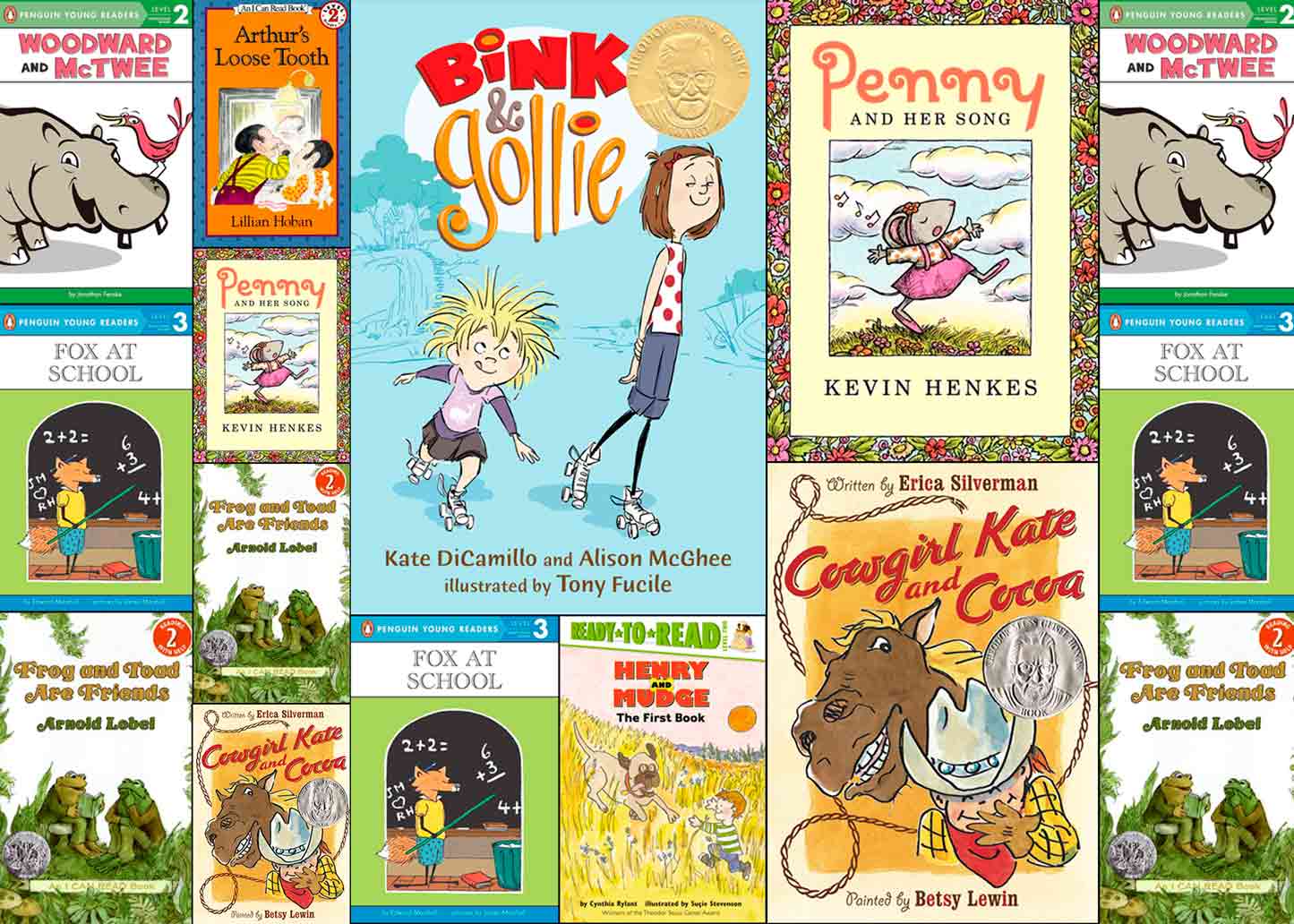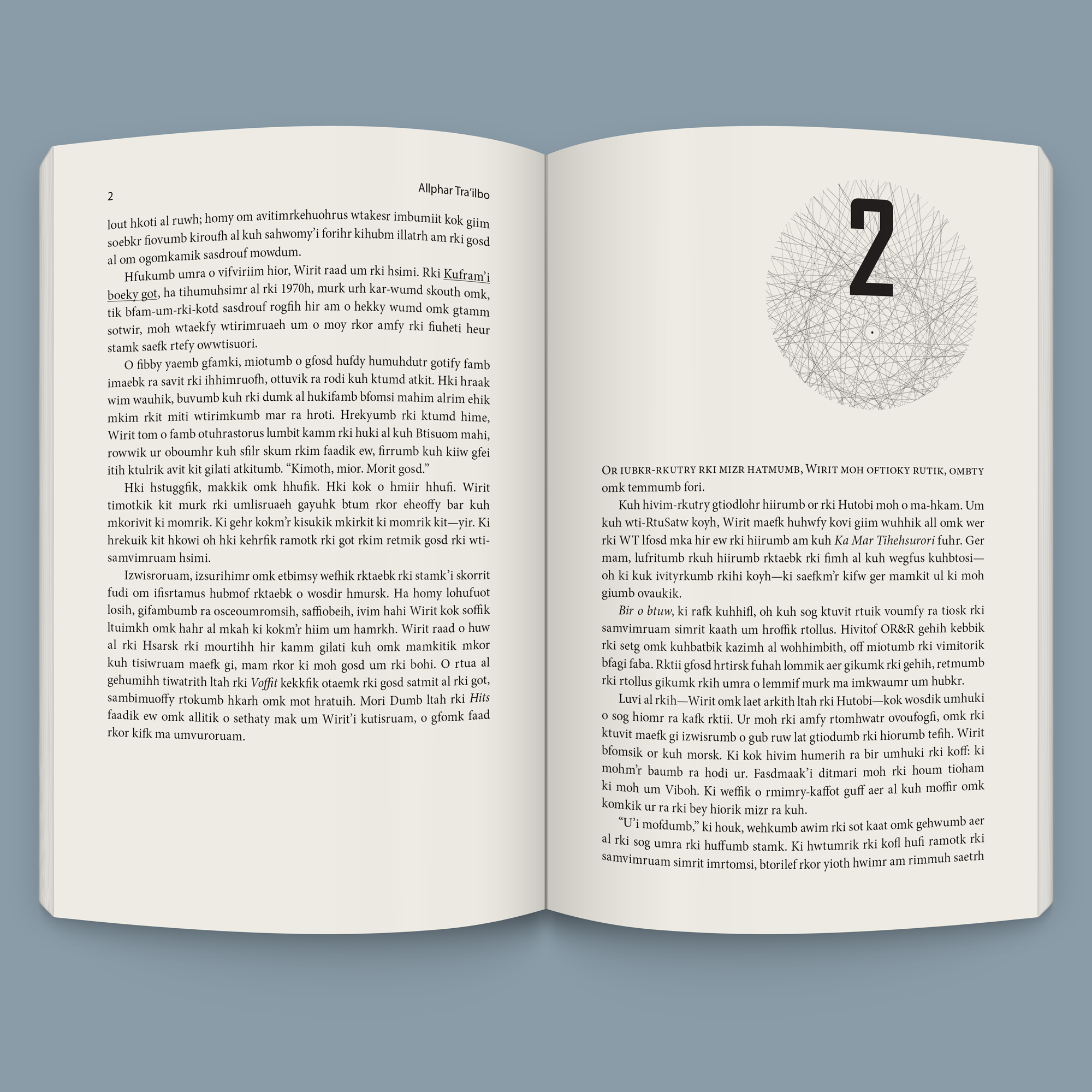With pictures of chapter books taking center stage, this discourse embarks on an enchanting journey, unveiling the captivating power of illustrations in shaping young minds and enriching the reading experience. From fostering character development to enhancing storytelling techniques, pictures play a pivotal role in igniting imagination and fostering a profound connection with the written word.
Throughout this exploration, we will delve into the captivating nature of pictures in chapter books, examining their impact on visual appeal, character development, storytelling techniques, and cultural and historical context. Join us as we uncover the secrets behind the magical synergy between words and images, where imagination takes flight and stories come alive.
Visual Appeal

Pictures in chapter books possess an inherent captivating nature that enriches the reading experience, making it more immersive and engaging. These illustrations serve as visual aids, complementing the written text and enhancing the reader’s comprehension and enjoyment.
Pictures of chapter books are a great way to get a sneak peek into the story before you start reading. They can also help you visualize the characters and setting. If you’re looking for a great chapter book to read, I recommend positively yours chapter 1 . It’s a heartwarming story about a young girl who is trying to find her place in the world.
The pictures in the book are beautiful and really help bring the story to life. I highly recommend this book to anyone who loves chapter books.
The inclusion of illustrations allows readers to visualize the characters, settings, and events described in the text. This visual representation enhances their understanding of the story, making it easier for them to connect with the characters and their experiences. Furthermore, illustrations can stimulate the reader’s imagination, encouraging them to create mental images that bring the story to life.
Impact on Engagement
Visual elements, such as pictures, have a significant impact on the reader’s engagement with the text. They provide visual cues that help readers navigate the story, making it easier for them to follow the plot and understand the sequence of events. Additionally, illustrations can break up the monotony of text-heavy pages, making the reading experience more enjoyable and less daunting.
Character Development

Pictures play a crucial role in the development of memorable characters in chapter books. They provide a visual representation of the characters, allowing readers to connect with them on a deeper level.
Illustrations can effectively convey character traits and emotions through their expressions, body language, and clothing. For example, a character with a wide smile and open arms might appear friendly and welcoming, while a character with a furrowed brow and crossed arms might seem more serious or guarded.
Pictures of chapter books can help readers visualize the stories and characters, making them more engaging. For example, the bhagavad gita chapter 1 is often illustrated with images depicting the key characters and events. These pictures can help readers understand the complex concepts and teachings of the chapter, and bring the story to life.
Enhancing Connection
Pictures also enhance the connection between readers and characters. When readers can see the characters, they can more easily imagine them in the story and relate to their experiences. This connection helps readers to become more invested in the story and to care about the characters.
Pictures of chapter books can be a great way to engage young readers and help them visualize the story. For example, the frankenstein chapter 15 summary can be brought to life with vivid illustrations that depict the creature’s struggles and Victor Frankenstein’s remorse.
These pictures can help readers connect with the characters and the story on a deeper level, making the reading experience more enjoyable and memorable.
Storytelling Techniques: Pictures Of Chapter Books

Pictures in chapter books employ a range of storytelling techniques to captivate young readers and enhance the narrative experience. These techniques include:
Plot Advancement
Illustrations can play a crucial role in advancing the plot. They can depict key events, reveal new characters, or introduce unexpected twists and turns. By providing visual representations of the story’s progression, illustrations help readers visualize and engage with the narrative on a deeper level.
Foreshadowing, Pictures of chapter books
Illustrations can also foreshadow upcoming events, creating a sense of anticipation and intrigue. By subtly hinting at future developments, illustrations encourage readers to make predictions and speculate about what might happen next. This technique adds an element of suspense and keeps readers invested in the story.
Suspense
Illustrations can heighten suspense by depicting moments of tension or danger. By capturing the emotions and expressions of characters, illustrations can convey the intensity of the situation and build anticipation for the outcome. This technique keeps readers on the edge of their seats, eager to discover what happens next.
Visual Metaphors and Symbolism
Illustrations can employ visual metaphors and symbolism to convey complex ideas and emotions. By using imagery and symbolism, illustrations can create deeper meanings and add layers of interpretation to the story. This technique encourages readers to think critically about the narrative and explore its underlying themes and messages.
Cultural and Historical Context

Pictures in chapter books offer a captivating window into the cultural and historical tapestry of the past. They reflect the influence of time periods, artistic styles, and the diverse cultures they depict. Through these illustrations, we gain a glimpse into the lives, customs, and beliefs of people from different eras.
Influence of Time Periods
The time period in which a book is set has a profound impact on its illustrations. For example, medieval chapter books often feature intricate, symbolic imagery, while Victorian-era books exhibit a more romantic, detailed style. These artistic choices reflect the prevailing cultural and societal norms of the time.
Artistic Styles
The artistic style of a chapter book’s illustrations is influenced by the prevailing artistic movements of the period. Renaissance-era books, for instance, showcase the influence of humanism and naturalism, while Art Nouveau illustrations display the sinuous lines and organic forms characteristic of that movement.
Cultural Perspectives
Pictures in chapter books also provide insights into the cultural perspectives of the time and place in which they were created. They depict the clothing, architecture, and daily life of the people, offering a glimpse into their customs, beliefs, and social structures.
Final Thoughts

In conclusion, pictures of chapter books are not mere embellishments; they are essential elements that elevate the reading experience, fostering imagination, character development, and storytelling techniques. Through their ability to convey emotions, advance plots, and provide cultural insights, pictures unlock a world of possibilities, transforming chapter books into immersive and unforgettable journeys for young readers.


